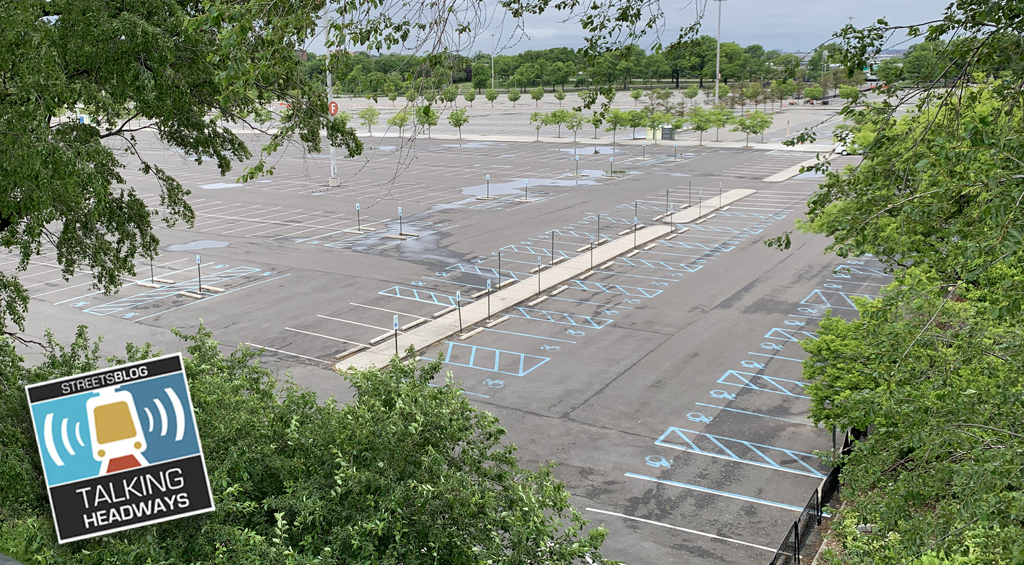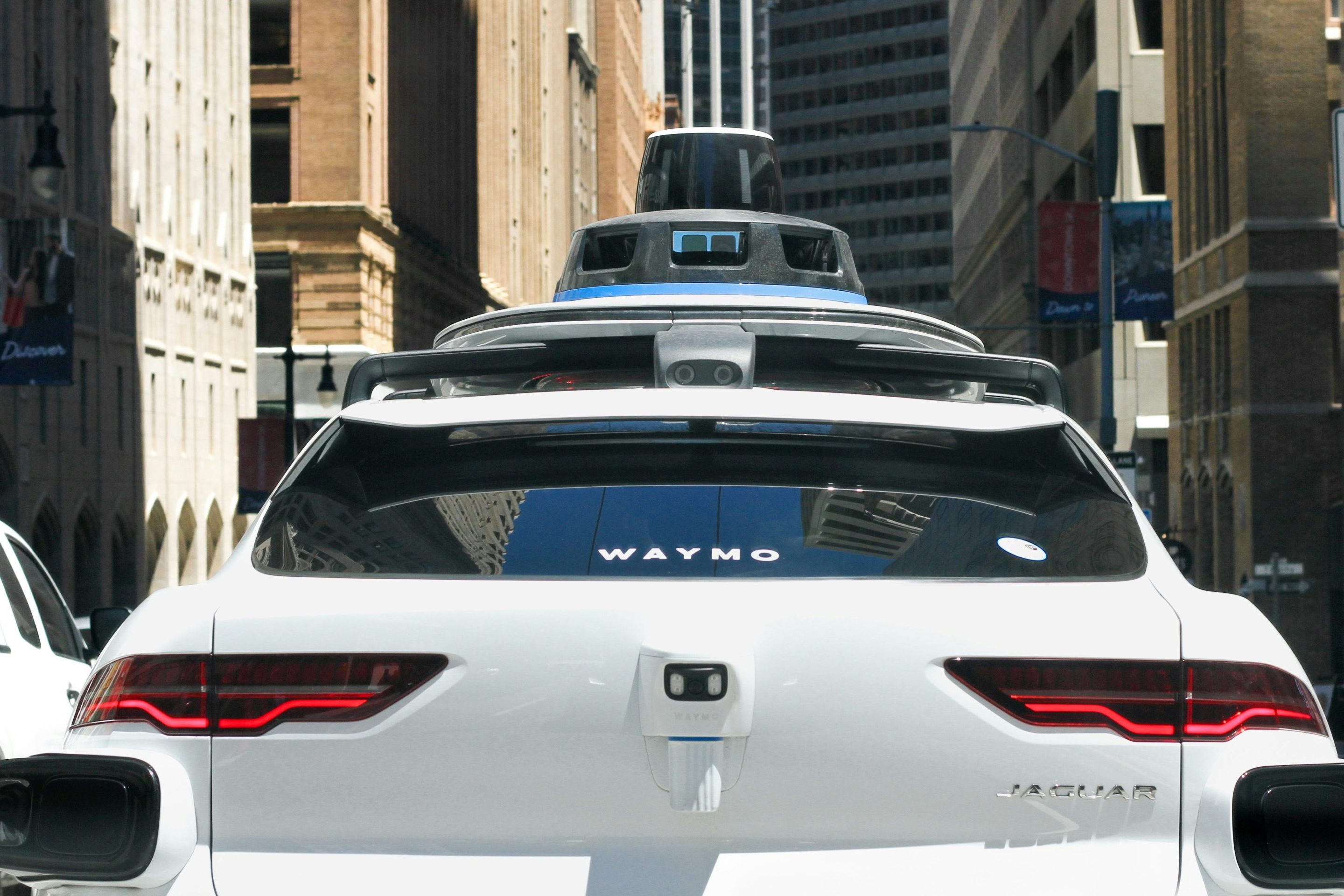Ohio DOT is one of those old-school transportation agencies that's still just a highway department. The director is a former asphalt industry lobbyist. The state -- despite being fairly densely populated and urban (about 1 million people don't have cars) -- spent only $7.3 million supporting transit in 2013, far less than it devotes to mowing highway medians.

To its credit, however, Ohio DOT is currently hosting a series of meetings asking for feedback about public transit around the state. Unfortunately, writes Paige Malott at Urban Cincy, the meeting for the Cincinnati region will be in exurban Lebanon, essentially impossible to reach without access to a personal automobile:
By car, Lebanon is roughly a one hour drive north of Cincinnati, and a 30-minute drive south from Dayton. It’s also the city where the regional ODOT office is located; understandably why the administration would opt to hold a public involvement meeting here. What went unconsidered are the needs of people that the public meeting is focused on: citizens reliant on public transportation.
The closest Metro bus stop to Lebanon is 8.3 miles away, near Kings Island in Mason. Let’s say we’re feeling ambitious and attempt to take the bus, then bicycle the remaining journey to Lebanon. It would take 48 minutes to cycle to the meeting in addition to the 1 hour, 11 minute ride on the bus. Cincinnati Metro, the region’s bus system, only offers select service to the northern suburbs. In order to arrive on time for the 10am meeting, a person dependent on transit would have to catch the 71x at 7:45 a.m., arrive in Mason at 8:52 a.m., then continue to the meeting on bicycle.
Getting back home is another story. The public involvement meeting adjourns at 12pm, but the bus route that services Mason is a job connection bus, meaning it only runs traditional hours when people are going to and from work. After another 48 minutes of cycling back to the bus stop, the inbound 71x picks up shortly after 3pm and returns to Cincinnati at 4:40pm.
In summary, if a citizen dependent on bus transportation wishes to give ODOT their input, they would spend 7 hours commuting to the two hour meeting, and need to able-bodied to ride a bicycle for eight miles. What about senior citizens and people with disabilities? Who can afford to take an entire day off work to attend a meeting? As a transit rider who has a car, driving an hour each way to attend the meeting -- in the middle of the work day -- for me, is inconvenient and unfeasible.
The poor choice of trying to combine Cincinnati and Dayton into one meeting was an unfortunate oversight in event planning. Instead, meetings should be hosted in the downtown of each city, just like they have been in Columbus and Cleveland, which are also participating in the ODOT series.
Classic ODOT. In better news, WCPO Cincinnati is reporting that NelsonNygaard -- the consultants ODOT hired to conduct the study -- are recommending twice the current level of transit funding from the state. Hopefully Governor Kasich will heed that advice, and that will be just the beginning of the reforms to come. Because even after doubling support for transit, ODOT's contribution will remain scandalously inadequate.
Elsewhere on the Streetsblog Network today: Bike Portland points out that even as Portland residents complain about parking problems, they report their neighborhoods are improving for the better. Transportation for America says new grant programs used to distribute transportation funds in Oregon and Pennsylvania could be the wave of the future. And the Virginia Bicycling Federation reports that a proposed $100 million bond issue for transportation would be a boon for walking and biking in Fairfax County.





